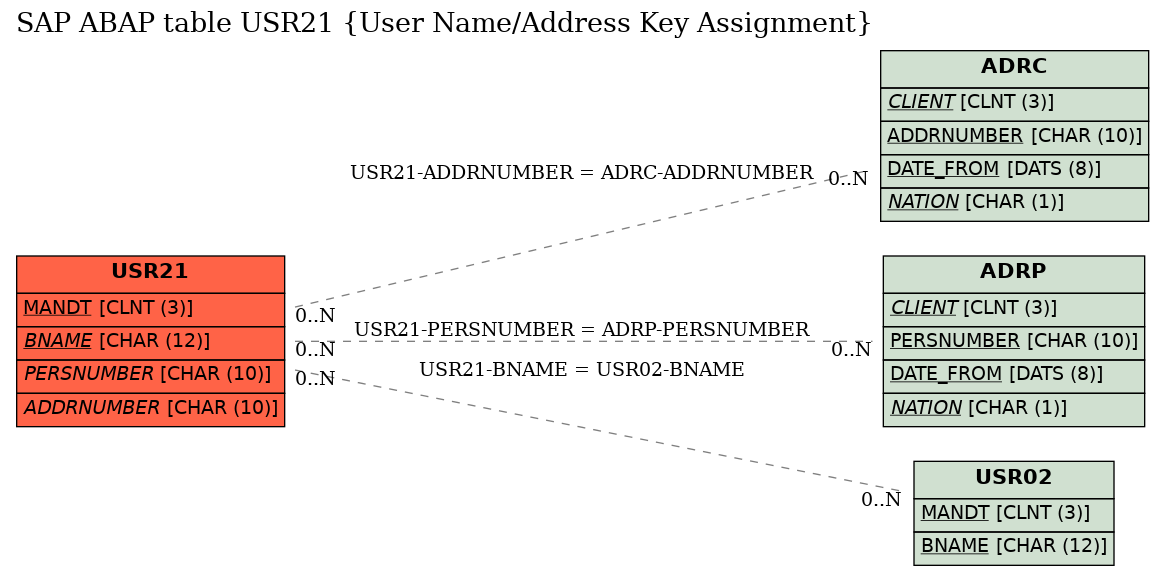


Scheduler - open SU01 for the user, who scheduled the job.Job no. - show only the particular job in SE37.Job name - go to SE37 and show all matching jobs by name.Name - the step user ( green, if the user still exists red otherwise)Īs always in my reports, you can double-click on almost everything:.Step no. - the step ID that matches your selection (the job might consist of more steps).Scheduler - the user, who scheduled the job.Submit your selection and you’ll get a result similar to this: step user name (initially set to your user name, but try DDIC or SAP*).job name, -scheduler and -status (like in SE37) and.On the selection screen you can choose the: Tick “dictionary reference” for R_JOBNAM, R_SDLUSR and R_USRNAM.You can use a table user-defined function (UDF) to create a parameterized, fixed view of the data in the underlying tables.
#Sap user table code#
#Sap user table how to#
Of course, it’s convenient, but those users might vanish or their authorizations might change – but how to clean this mess up? Since SE37 does not allow you to select jobs by step user, one might try to use SE16 (→ table TBTCP) to find the affected jobs… which will drive you crazy, believe me! Report Using personal users to execute batch job steps is not a good idea! About Press Copyright Contact us Creators Advertise Developers Terms Privacy Policy & Safety How YouTube works Test new features Press Copyright Contact us Creators.


 0 kommentar(er)
0 kommentar(er)
